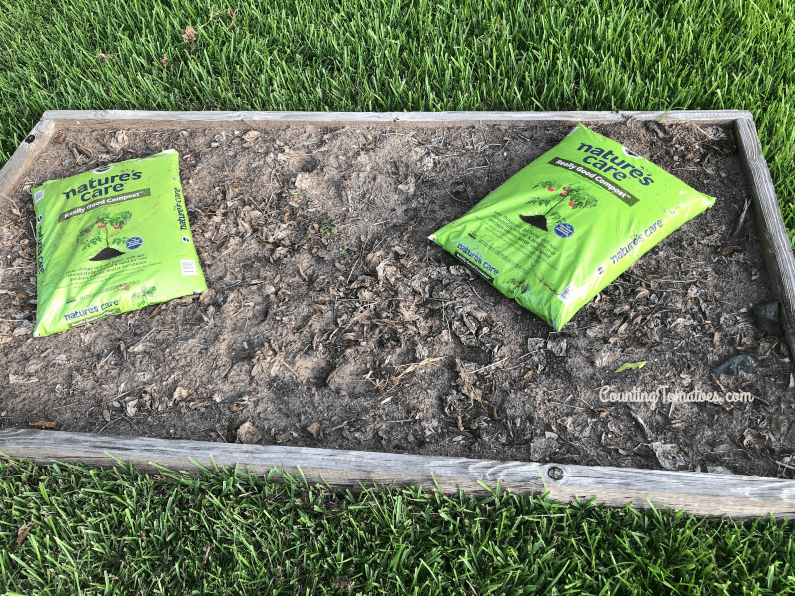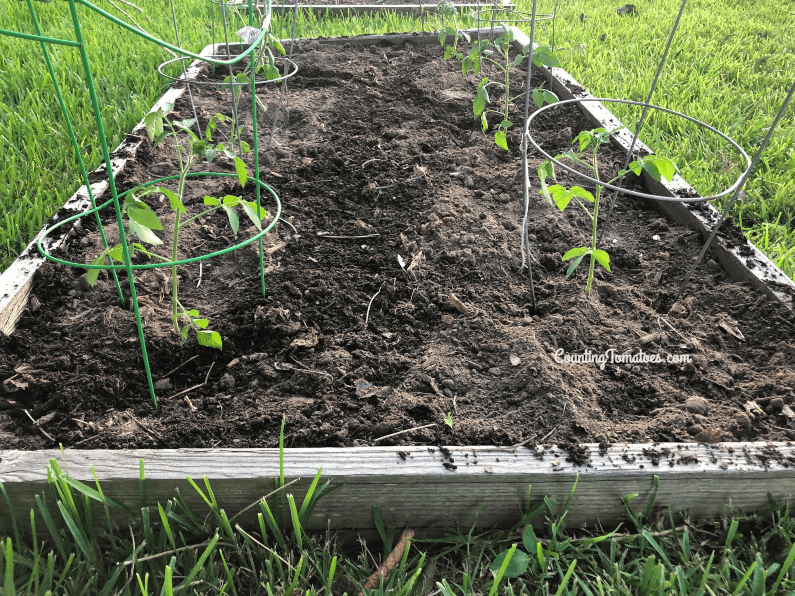In gardens such in Zone 9A that have a long growing season, I plant a second crop of tomatoes in the fall. I will share my best tips with you for growing fall tomatoes, along with which varieties to choose and how to make sure you have a successful crop.

Which tomato varieties are best for fall?
I opt for indeterminate varieties of tomatoes in the fall, so I have a harvest all the way up to the first frost date. A tomato with a shorter maturity date is important to ensure your harvest will be in before the first frost. Small tomatoes, such as cherry tomatoes, perform extremely well in the fall garden as well as early to mid-maturing varieties and heat-tolerant varieties. Here’s a list of tomatoes, both indeterminate and determinate, that do well growing in the fall:
- Glacier Bush Tomato (55 days to maturity)
- Sun Gold Pole Cherry (57 days to maturity)
- Supersweet 100 (60 days to maturity)
- Juliet (60 days to maturity)
- Celebrity (65 days to maturity)
- Parks Whopper (65 days to maturity)
- Jelly Bean Pole Cherry (70 days to maturity
- Better Boy (75 days to maturity)
- Green Zebra (75 days to maturity)
- Rio Grande (77 days to maturity)
The days to maturity represent the number of days from transplanting to harvest. Determine your first frost date and count backward using the days to maturity to determine when you should plant your tomatoes. I always allow for at least an extra 30 days since I grow indeterminate varieties.
How to prepare the soil for growing fall tomatoes
Choose a garden bed that has not grown tomatoes or peppers for at least a couple of seasons. This keeps the chance of soil-borne disease to a minimum. I remove all leftover plants and dispose of those; in my case, I grew beans in the bed in which I’m now growing my fall tomatoes. Amend the soil with compost by lightly raking the compost into the top layer of the soil. Water the soil thoroughly and then dig your transplant holes. I add approximately a tablespoon of Epsom salt and 2-3 crushed eggshells per planting hole. The Epsom soil adds magnesium to the soil while the eggshells add calcium.

Tips for a Succesful Fall Tomato Crop
Plant your transplants deep in the planting hole, therefore enabling root nodules to grow along the stem. I bury the first 2-3″ of stem on each transplant. Provide a sturdy staking system for each transplant. It does not matter whether you use a tomato cage or a single stake with loosely tied twine, it’s just important to not skip this step. Water your transplants well. When growing fall tomatoes in the heat of July and August, water deeply and often. I water my tomatoes every other day when the temperatures are over 100 degrees each day. I fertilize weekly with a water-soluble fish emulsion and then when I see the first sign of flowers I switch to a fertilizer higher in phosphorus than nitrogen.



